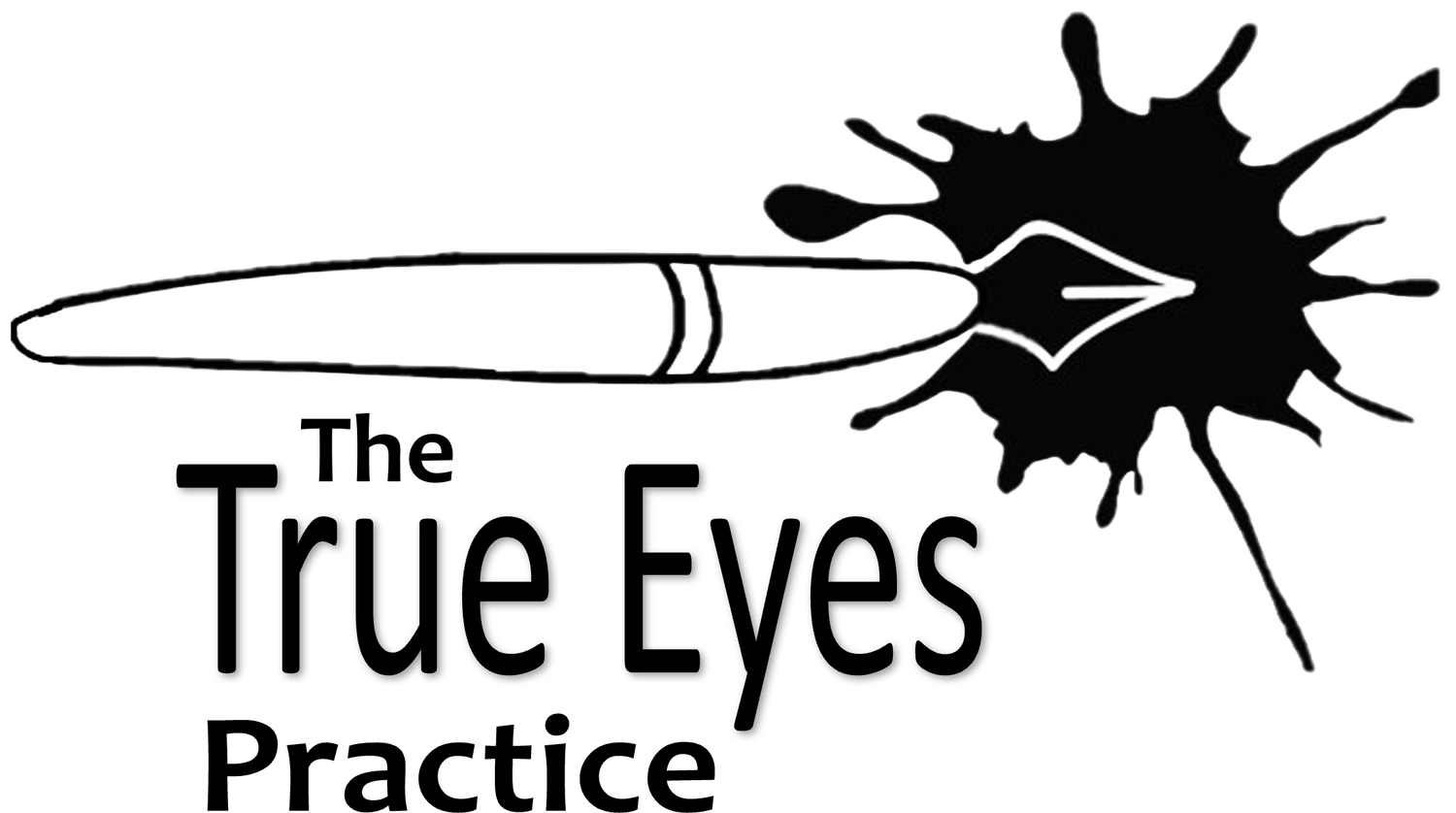Worshipping the Money Idol
I’ve been writing about the four idols (Money, Fame, Power, and Pleasure) and their effect on creativity. (Click here to read about Pleasure and Fame.)
What does worshipping the money idol look like?
Let’s get a working definition.
Say that revering the money idol means accumulating money is the desired end rather than the means, i.e. you don’t care about what money can buy, you just want money for itself.
Then what effect does this have on your creativity? Do you take commissions? Does it matter if you only take commissions you’re excited about or does taking any commission make you a money worshiper? How about selling your art? Should you just make your art for art’s sake and never try to sell it to avoid the Money idol completely? How about making similar work over and over (the musician’s dilemma) so your fans aren’t scared off and they stick around and still buy?
Discovering you are a money worshiper is nuanced work. Choral groups, orchestras and cities commission compositions and public art as a matter of course. Making prints of your paintings is a way for your people to buy your work for less money. Your work gets into the world so others can’t enjoy and value it.
Then there’s the late Thomas Kinkade.
I never met him, so what you’re about to read is pure speculation.
He repeated his basic premise over hundreds of paintings, and printed his work on everything from calendars, pillows and tapestries, to mugs, coasters, puzzles, and night lights.
He died of an alcohol and Valium overdose at the age of 54.
Is this the result of unconscious worship of the money idol
Do you think your idol is money? How can you tell? If so, I’d love to hear more. Hit reply and tell me what you’ve discovered.
Whatever your idol, don’t let it get in the way of your art. Your work matters.
